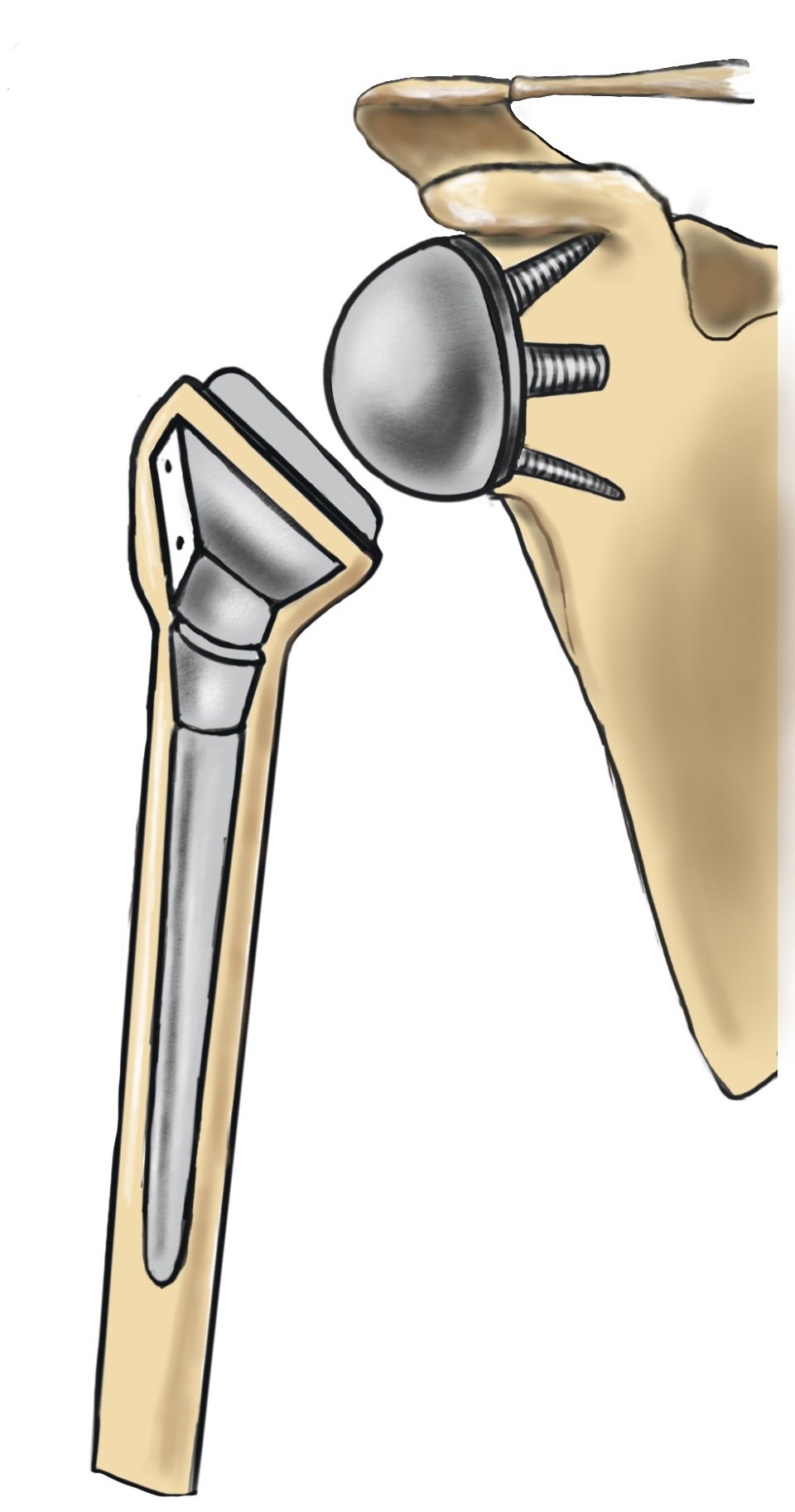Understanding Rheumatoid Arthritis
Living with rheumatoid arthritis (RA) can be challenging, affecting not just one's physical health but also their overall quality of life. Managing this chronic condition requires a comprehensive approach, often involving various healthcare professionals, including physical therapists. In this blog, we'll delve into what rheumatoid arthritis is, its impact on daily life, and how physical therapy can play a crucial role in managing its symptoms and improving overall well-being.
What is Rheumatoid Arthritis?
Rheumatoid arthritis is an autoimmune disorder characterized by inflammation in the joints. Unlike osteoarthritis, which typically develops due to wear and tear on the joints, RA occurs when the body's immune system mistakenly attacks its own tissues, primarily affecting the lining of the joints. This results in pain, stiffness, swelling, and decreased mobility, particularly in the hands, wrists, knees, and feet.
Impact on Daily Life:
Living with rheumatoid arthritis can significantly impact daily activities, from simple tasks like getting dressed or preparing meals to more complex movements like walking or climbing stairs. Chronic pain and stiffness can lead to fatigue, decreased strength, and limitations in range of motion, making it challenging to engage in work, leisure activities, and social interactions. Additionally, RA can affect mental health, contributing to anxiety, depression, and feelings of isolation.
The Role of Physical Therapy in RA Treatment:
Physical therapy is an essential component of comprehensive care for individuals with rheumatoid arthritis. A skilled physical therapist can design personalized treatment plans to address specific symptoms and functional limitations. Here's how physical therapy can benefit those living with RA:
Pain Management: Physical therapists employ various techniques, such as manual therapy, modalities like heat or cold therapy, and therapeutic exercises, to help alleviate pain and discomfort associated with rheumatoid arthritis.
Improving Mobility: Joint stiffness and swelling can restrict movement, making everyday activities challenging. Physical therapists focus on improving flexibility, joint mobility, and functional movement patterns to enhance mobility and restore independence.
Strengthening Exercises: Strengthening exercises targeting specific muscle groups can help stabilize joints affected by RA, reducing the risk of further damage and improving overall function.
Education and Self-Management: Physical therapists educate patients about their condition, teaching them techniques for joint protection, energy conservation, and ergonomic modifications to optimize daily activities and minimize stress on affected joints.
Assistive Devices: Recommending and teaching the use of assistive devices, such as splints, braces, or adaptive equipment, can help individuals with rheumatoid arthritis perform tasks more comfortably and efficiently.
Aerobic Exercise: Incorporating low-impact aerobic exercises, such as swimming, cycling, or walking, into a treatment plan can improve cardiovascular health, endurance, and overall well-being without exacerbating joint pain.
Monitoring Progress: Physical therapists regularly monitor progress, adjusting treatment plans as needed to ensure optimal outcomes and empower patients to actively participate in their care.
Rheumatoid arthritis presents unique challenges for individuals in Brooklyn and beyond, impacting mobility, function, and quality of life. However, with a comprehensive approach that includes physical therapy, individuals with RA can better manage their symptoms, improve mobility, and enhance overall well-being. By working closely with our skilled physical therapists versed in Rheumatoid Arthritis treatment in Brooklyn, patients can regain control over their lives and continue to pursue their passions with confidence and comfort. If you or someone you know is living with rheumatoid arthritis, consider reaching out to Sarrica Physical Therapy & Wellness to explore how we can help you on your journey.







